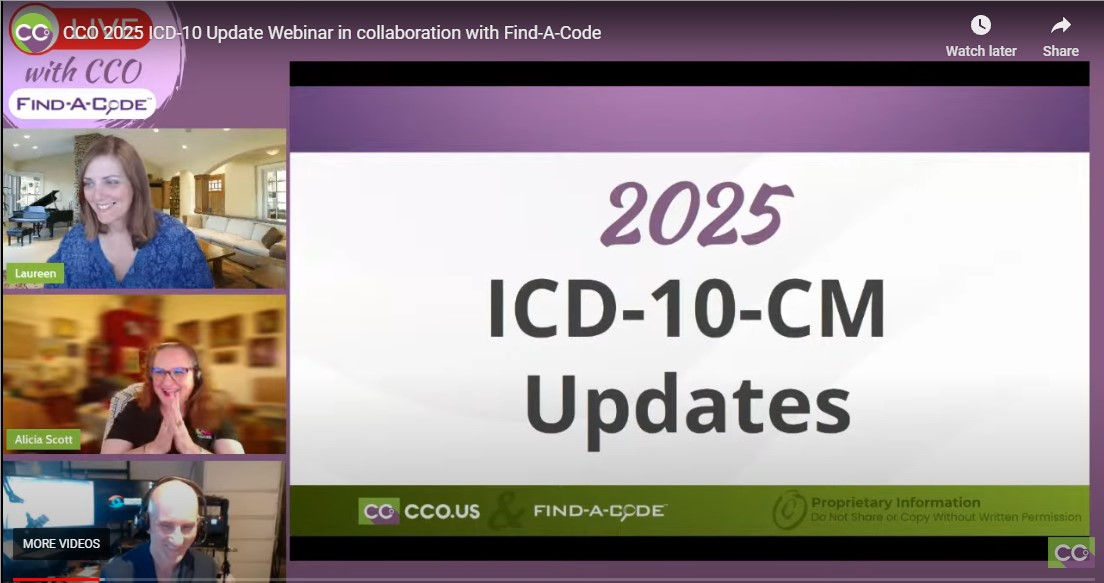
tci General Surgery Coding Alert - 2007 Issue 5
When Wound Repair Isn't Enough, Turn to Tissue Transfers: 6 Steps Show You How
You won't report lesion excision separatelyWhen the surgeon performs adjacent tissue transfer (for instance, to close a large or irregular wound following lesion removal), you must be sure to add together the area of both the primary and secondary defect to choose the correct code. But that's only the beginning: Successful tissue transfer coding requires that you follow at least six steps. 1. Differentiate Transfers From RepairsWhen reading physician documentation, you must know what separates tissue transfer (14000-14300) from closures as described by repair codes 12001-13160. In a nutshell: During simple, intermediate or complex repair (12001-13160), the surgeon...
To read the full article, sign in and subscribe to tci General Surgery Coding Alert.
Thank you for choosing Find-A-Code, please Sign In to remove ads.


 Quick, Current, Complete - www.findacode.com
Quick, Current, Complete - www.findacode.com